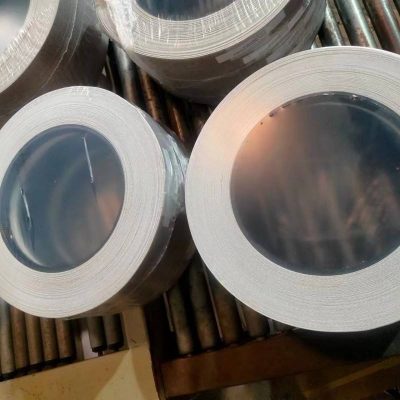Selecting the right melamine edge banding is crucial for achieving a professional finish in your woodworking projects. Here are some key factors to consider when making your choice:
- Thickness: The thickness of the edge banding should match the material you’re working with. Common thicknesses range from 0.4mm to 3mm. For a seamless look, choose a thickness that complements your melamine panels.

- Color and Texture: Melamine edge banding comes in a variety of colors and textures to match or contrast with your melamine surfaces. Consider the overall design and aesthetics of your project. Look for edge banding that closely matches the grain and color of your panels for a cohesive look.
- Adhesive Type: Ensure the edge banding is compatible with your application method. Options include hot melt adhesive, peel-and-stick, and polyurethane. Hot melt is commonly used for its strong bond, while peel-and-stick offers ease of use for DIY projects.
- Durability: Choose high-quality edge banding that can withstand wear and tear. Look for options that are scratch-resistant and moisture-resistant to ensure longevity, especially in high-traffic areas.
- Width: The width of the edge banding should cover the exposed edges of your panels adequately. Standard widths typically range from 22mm to 50mm, but you can find custom options for unique applications.
- Ease of Application: Consider how easy the edge banding is to apply. Pre-glued options can save time and effort, while some might require additional equipment for application.
Conclusion
Choosing the right melamine edge banding involves considering thickness, color, adhesive type, durability, width, and ease of application. By carefully evaluating these factors, you can enhance the appearance and durability of your projects, ensuring a professional finish.

